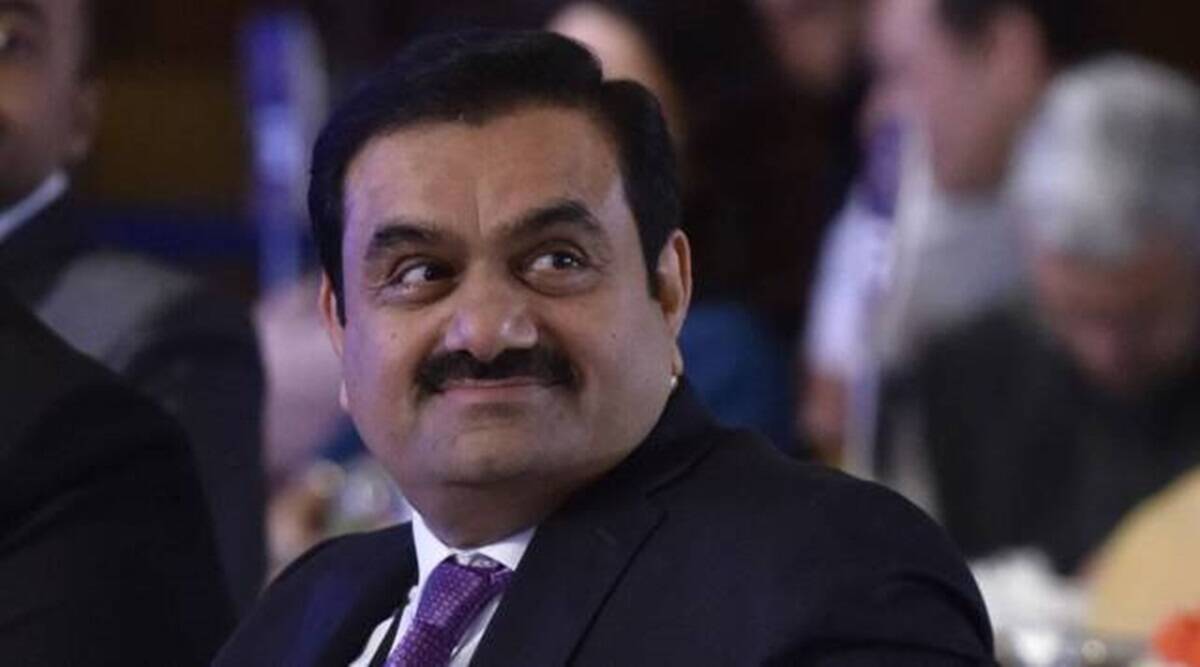Has the report of the Supreme Court’s Expert Committee given a “clean chit” to the Adani Group? That’s what sections of the media have been asserting with a note of desperation. Because even a cursory reading of the report makes it clear that it has done nothing of the sort. It essentially says it cannot make a finding of regulatory failure because the Securities and Exchange Board of India (SEBI), which oversees India’s securities markets, has not been able to conclude its investigations. What’s more, the challenges of unravelling the opaque transactions around Adani is why SEBI was given an extension until August 14. Any chit, dirty or clean, will have to wait until then.
The report is a reminder that SEBI diluted the reporting requirements of the ultimate beneficial (i.e. actual) ownership of foreign funds. This occurred after Prime Minister Narendra Modi’s refrain regarding his government’s efforts to “eliminate safe havens for economic offenders” and remove the “excessive banking secrecy that hides the corrupt and their deeds”.
This report only strengthens the Congress party’s position, stated by the communications in charge, Jairam Ramesh, that “the Supreme Court Committee has very limited terms of reference” that “cannot bring out the deep nexus between PM and Adani.” This is exactly why the opposition has called for a Joint Parliamentary Committee (JPC) for a genuine investigation, which we will come to later.
After the major selloff in Adani shares that was sparked by the publication of the Hindenburg report, the Expert Committee was tasked on March 2 to report on four aspects of this market crash. Three of these were assessing the causes of market volatility, suggesting ways to strengthen investor awareness and suggesting measures to improve securities regulations and compliance. The fourth, and arguably the most important, objective was to “investigate whether there has been regulatory failure in dealing with the alleged contravention of laws pertaining to the securities market in relation to the Adani Group or other companies”.
Relatedly, the Supreme Court on March 2 also asked SEBI to investigate three potential regulatory violations by the Adani Group: 1) whether the Adani Group had violated the minimum public shareholding requirement of 25 per cent; 2) whether it had failed to disclose transactions with related parties; and 3) if there had been any illegal manipulation of Adani stock prices.
And what does the Expert Committee report tell us? Regarding the violation of the minimum shareholding requirement, the report makes it clear that “the very requirement to disclose the last natural person above every person owning any economic interest in the FPI was done away with in 2018 pursuant to a recommendation of a Working Group and the provisions on ‘opaque structure’ were deleted on the premise that declarations under the PMLA constitute sufficient compliance”.
This explains why SEBI’s investigation of the ownership of the 13 overseas Adani-related entities since October 23, 2020, has gone nowhere. The report says: “The securities market regulator suspects wrongdoing, but also finds compliance with various stipulations in attendant regulations… It is this dichotomy that has led to SEBI drawing a blank worldwide, despite its best efforts.” Specifically, it has been unable to get any information from regulators in the Cayman Islands, Malta, Curaçao, the British Virgin Islands and Bermuda. Does that sound like a clean chit?
Among the allegations made against the Adani Group was that it used related-party transactions — in many cases undeclared — to move funds in and out of companies. The Expert Committee report states that SEBI is investigating “12 suspicious transactions”. It adds that the definitions of “related party” and “related party transactions” in the 2015 SEBI (Listing Obligations and Disclosure Requirements) Regulations have been changed several times since SEBI began its investigation. This means that SEBI has been responding to market feedback by amending regulations, and hence cannot be said to have failed in its regulatory duties. The report clearly adds that “SEBI is still investigating the matter”. Does that read like a clean chit?
Here, the Expert Committee states that “in a nutshell, no pattern of artificial trading or ‘wash trades’ among the same parties multiple times was found.” Since SEBI has been closely monitoring price volatility and applying various surveillance measures as necessary, the report states that it cannot be accused of regulatory failure on this front.
To sum up, the Expert Committee report states that SEBI “suspects wrongdoing” regarding minimum public shareholding limits. On related parties, it has found “12 suspicious transactions”. However, it has not conclusively found evidence of price manipulation by Adani-related entities. In no sense is this a clean chit to Adani.
It is also important to remember that the Congress party’s 100 “Hum Adani ke Hain Kaun” (HAHK) questions were much broader than the remit of the Expert Committee, and remain entirely valid. The circumstances in which the Adani Group has a monopoly in critical sectors; how assets in power, ports and energy in Bangladesh and Sri Lanka were handed over to Adani in the name of diplomacy; who decided that LIC and SBI would lend or invest substantial sums in Adani Group — only a JPC can unearth the full truth. PM Narasimha Rao started a JPC in 1992 to investigate the Harshad Mehta scam. In 2001, PM Atal Bihari Vajpayee agreed to a JPC to unravel the Ketan Parekh scam. One was a Congress leader, the other from the BJP. What, then, is Prime Minister Narendra Modi afraid of?
The writer is a member of the Indian National Congress.
For more information call us at 9891563359.
We are a group of best insurance advisors in Delhi. We are experts in LIC and have received number of awards.
If you are near Delhi or Rohini or Pitampura Contact Us Here

